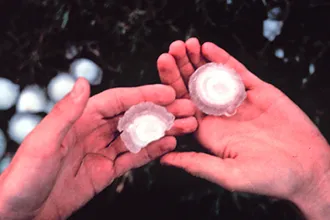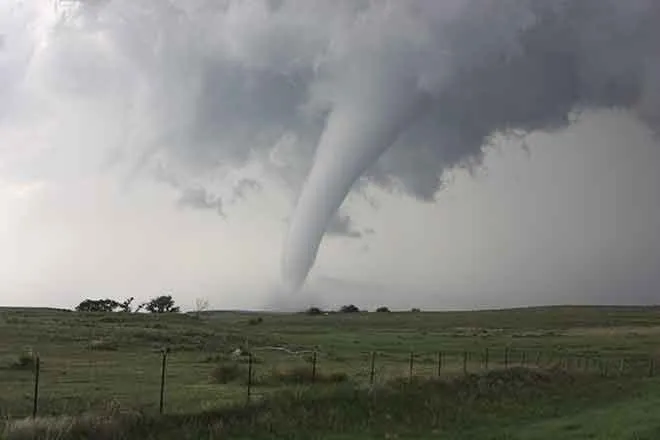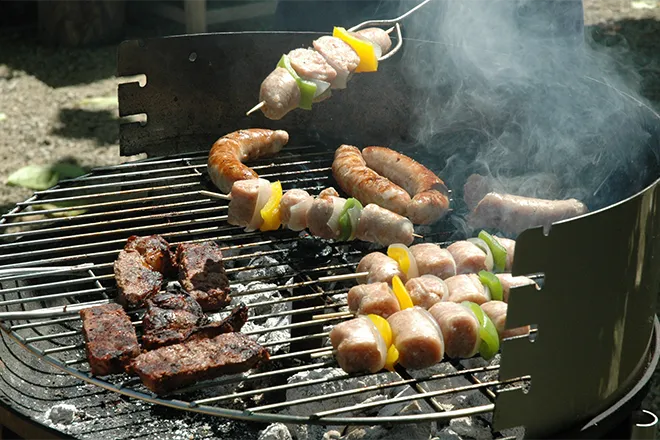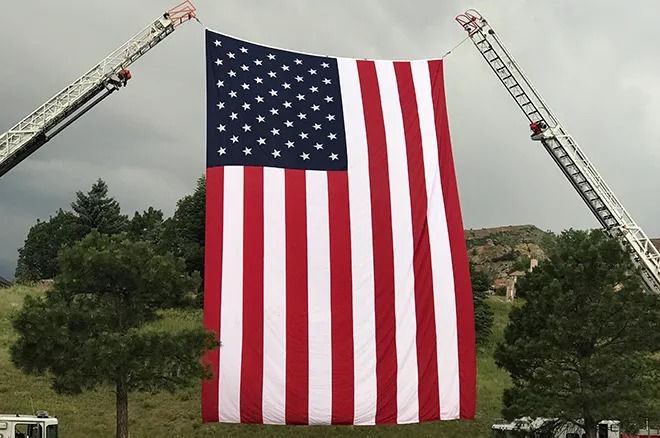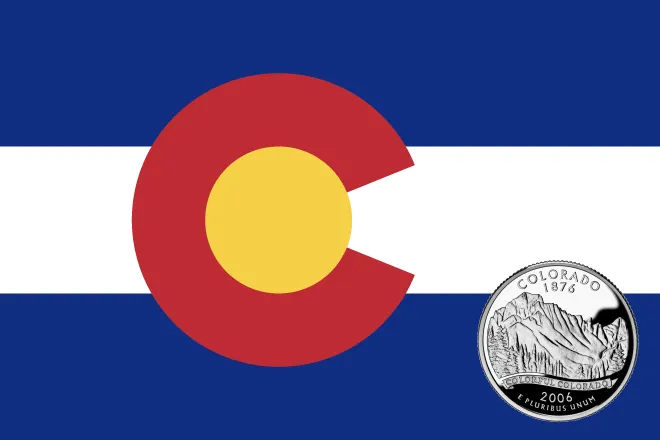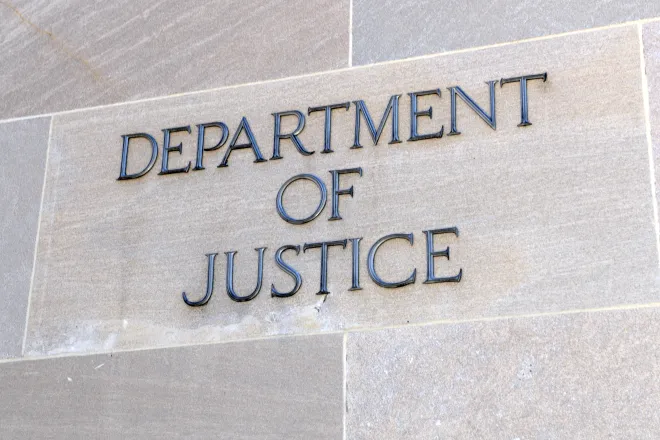
Lightning Preparedness: When Thunder Roars, Go Indoors
Lightning strikes the ground in our state more than a half million times each year and with many of us participating in outdoor activities, we need to learn how to protect ourselves from lightning hazards.
Lightning Kills
In the United States there are an estimated 25 million cloud-to-ground lightning flashes per year. Each one is a potential threat to life and property. The 30-year average of human lightning fatalities is 49. Last year 27 people were killed by lightning while many others were permanently injured.
Of those killed in 2015 by lightning:
- 99 percent were outdoors.
- 59 percent were male.
- Eight were near or under a tree
In Colorado lightning killed one person last year who was struck while hiking. During the past 35 years, on average, Colorado has had three lightning fatalities and 13 injuries.
Outdoor Safety
Outdoors is the most dangerous place to be during a thunderstorm. Each year nearly all people in the United States who are injured or killed by lightning were involved in an outdoor activity. Unfortunately, there is no place outside that is safe from lightning. The only safe place to be when lightning is occurring is either inside a substantial building or an enclosed automobile.
Here are some important things to remember before venturing outdoors:
- An informed decision will help you avoid being in an area where lightning is expected to occur. Before heading out get an updated weather forecast.
- Stay tuned to NOAA Weather Radio and check National Weather Service websites or access your favorite weather apps on your cell phone for the latest forecast.
- In Colorado it is important to remember that thunderstorms typically develop in the mountains after 11 a.m. That is why it’s best to plan your climbing or hiking so you are coming down the mountain by late morning.
- If thunderstorms are in the forecast, consider planning an alternate indoor activity or make plans which will allow you to quickly get into a safe shelter.
Once you are outside keep these tips in mind if you have a safe location nearby:
- Know where the nearest safe location is located.
- A safe location is any substantial building, such as a business, a home, or a church.
- Any enclosed hard-topped automobile also offers protection from lightning.
- Once you hear thunder or see lightning - immediately stop what you are doing and quickly get to the safe shelter. Do not wait until the rain starts to seek safe shelter.
- Once inside a safe shelter it is recommended you stay there for 30 minutes after the last rumble of thunder.
- Do not wait to seek safe shelter when lightning threatens. When you hear thunder or see lightning it is important for you, and your family, to act quickly.
- Past history has shown that most people who were outdoors and were injured or killed by lightning had access to a nearby safe shelter.
- Avoid shelters that are not safe from lightning including picnic shelters, bullpens, tents and any other small buildings that are open to the elements.
- NEVER...NEVER...get under a tree to seek shelter from lightning.
If you are outside with no safe shelter nearby:
- In this scenario there is not much you can do to reduce your risk from being struck by lightning.
- The best thing to do is move away from tall isolated objects such as trees.
- Stay away from wide open area.
- Stay as low as possible with your feet close together if lightning is nearby.
- If you are with a group of people, spread out. This way if someone is struck by lightning the others can offer first aid.
- If camping in the backcountry place your tent in a low area away from tall isolated trees.
Indoor Safety
Remember when thunder roars, get indoors! Once you are indoors keep these additional indoor safety tips in mind:
- Avoid corded electronics, electrical equipment and plumbing.
- Avoid contact with water such as taking a shower, bath, washing dishes or doing laundry.
- Stay away from windows, doors, garages and porches.
- Do not lie on concrete floors or lean against concrete walls.
- If a substantial building is not nearby an enclosed automobile offers excellent protection from lightning.
Additional Information and Resources
- NOAA’s lightning safety website http://www.lightningsafety.noaa.gov/
- Colorado Lightning information http://www.weather.gov/pub/lightning
- Colorado National Weather Service Stations:
- Denver/Boulder www.weather.gov/den
- Grand Junction http://www.weather.gov/gjt/
- Pueblo www.weather.gov/pub
- Goodland www.weather.gov/gld
- READYColorado Severe Weather and Thunderstorms:https://www.readycolorado.com/hazard/severe-weatherthunderstorm


